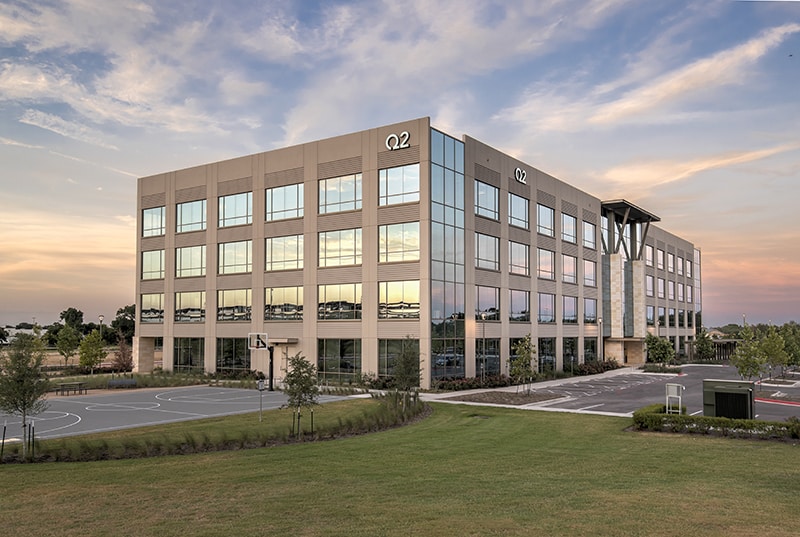
What do you know about Geotagging Images?
Geotagging is a way of associating a photo or video with its location. A geotag describes the city, country, state, and even the latitude and longitude where a photo was taken down to a minimal degree of accuracy. Geotagging also links your image to other geographical information, such as Wikipedia articles about where your photos were taken, which could allow users to quickly pull up useful travel information about local restaurants and hotels.
All images created after 2005 contain Exif metadata that contains an accurate time stamp and geo-coordinates (longitude/latitude). The time zone is based on camera clock setting and applies only for images captured in auto mode – outdoor daylight situations. We recommend manually setting your camera clock to the current time for best results before capturing a set of images. GeoTag Images offer the best services for your requirements.

Google Earth and other programs can use this information, but more importantly, it allows for intelligent image search. This is especially useful if you want to find all images in your library taken in London or every image taken in New York during 2013. You can find the “geotag” column in the Library (GPS tab). It consists of longitude and latitude coordinates.
The accuracy level ranges from +/-30 feet (in most cases much better) up to +/-3 meters. You need to use this data with another piece of software that will actually place an icon on the map indicating where photos were captured (e.., Google Earth, Panoramio, etc.). The main issue with photos taken outdoors is that the GPS coordinate tracking might fail indoors or under tree cover.

How to view coordinates?
Co-ordinates can be viewed in pixel dimensions by clicking on the [+/-] button next to the geo coordinates. If you are having trouble viewing your Geotags, please check these points: Ensure your metadata is turned on (view > show metadata/ctrl + i)
Ensure the geotagging box is checked when adding images to collection. If using multiple catalogs ensure they are all updated. Only GPS data for new images added since enabling geotag will be visible. You must have a valid Google API, or it will not work. It can take up to an hour for your location data to be added in some cases.
Ensure you have the most recent version of LrCC 2017.2 or later. Check that geotagging is enabled in metadata preferences 9) If using GPS files, ensure they are correctly set up – file must include timestamp and latitude/longitude co-ordinates 10) Check that GPS information has been turned on when exporting with Lightroom,( see image below ) Add keywords text field or map view will not show active keywords.

If your photos are stored on an external drive, it may take a while before Google Earth can access them when running for the first time after adding new images to your collection. You might need to restart Google Earth to see the updated geotags.
Geotag your images is a great way of cataloging and grouping photos together. This makes processing and sharing very efficient. When you open a photo in Lightroom, a GPS information geotag icon will appear on the map view. You may need to zoom out further to see all your tagged images. This setting depends on how many images were taken near each other – Geotagging works best for city or country scenes with large buildings or landmarks that google Maps satellite data can detect.
If you go to view, show map in Library module, you can see where all your images are tagged. In this example I have a small collection of photos from the Shenandoah Valley, VA area. If you click on one of those tags it will zoom around and show all images taken near there.







